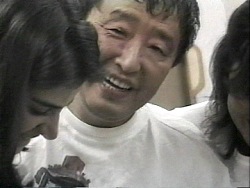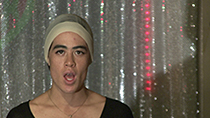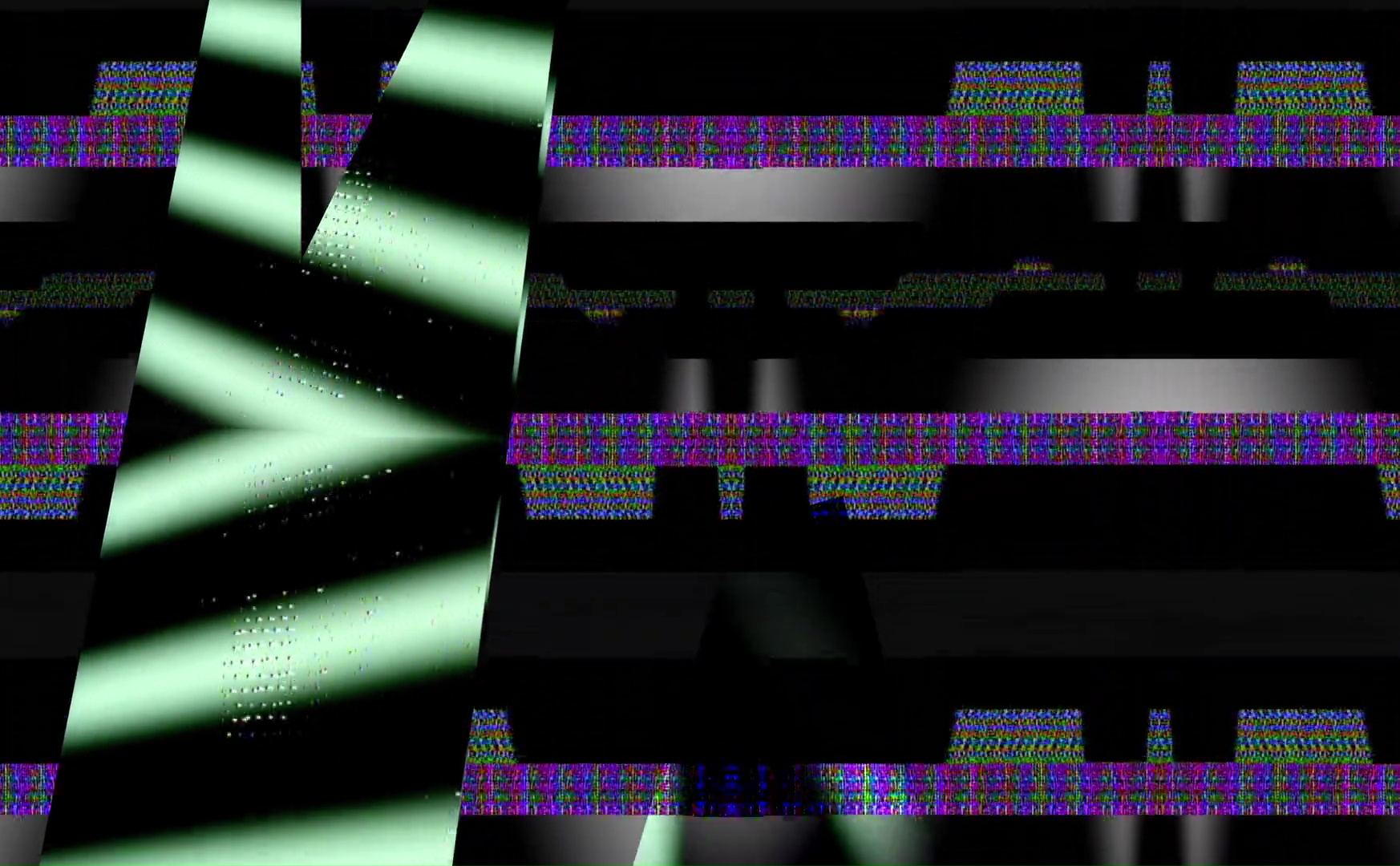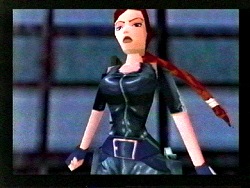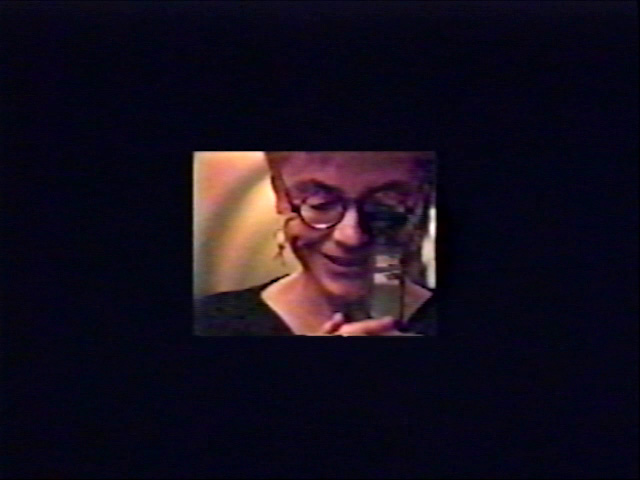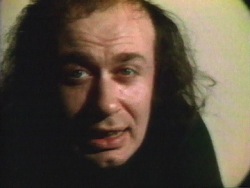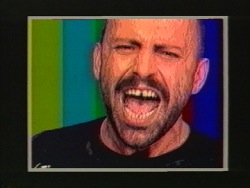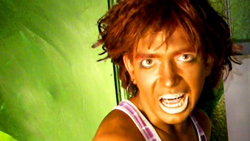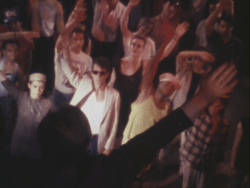Search Results
Search Results
Title Results
Your search returned 791 Titles
This chapter of Kubota's ongoing video diary is an intimate and humorous portrait of her husband, artist Nam June Paik, as he undergoes physical therapy after an illness.
Filmed at the Silver Platter, the bar that previously housed Wu Tsang’s club party Wildness, Shape of a Right Statement is a short work featuring Tsang’s recitation of one section of “In My Language,” a text by autism rights activist Mel Baggs.
"A time-based collage mixing analog recordings with digital editing and composing that creates dynamic space: here for a minute, and abruptly, gone." -LoVid
Re-editing footage collected from months of playing Tomb Raider, Ahwesh transforms the video game into a reflection on identity and mortality. Trading the rules of gaming for art making, she brings Tomb Raider's cinematic aesthetics to the foreground, and shirks the pre-programmed "mission" of its heroine, Lara Croft. Moving beyond her implicit feminist critique, she enlarges the dilemma of Croft's entrapment to that of the individual in an increasingly artificial world.
"Shifted From the Side is stylistically similar to To And Fro. Fro And To. And To And Fro. And Fro and To, and was probably made the same afternoon, in the back of the Leo Castelli Gallery. The object used to demonstrate five possibilities (of what could, but not necessarily should, be the work) is a pack of Lucky Strike cigarettes. As in the first tape, the camera is static. The pack is on the right side of the screen; as the work and text are spoken the pack is slid (shifted) back and forth. The hand leaves the object each time an act is completed before sliding it (from side to side) across the table." — Alice Weiner
Shoot is a bold, theatrical work that merges the autobiographical with the cultural. Acconci's performance is an assault, a barrage of aggressive action, visuals and language. Vulgar and outrageous, Acconci plays out the nightmare of the American Dream.
"In Shut the Fuck Up, General Idea underline the media's insistence that only gossip and spectacle make art and artists interesting to the public. On the contrary, General Idea point out, artists are no fools, nor do they operate within "a passive yet cleverly deceitful, alienated cult of the imbecile.' Jorge Zontal has the last word: 'When there is nothing to say, shut the fuck up.'" — "Video Art in Canada" - V-Tape
Sibling Topics (section a) is one of seven works in Trecartin's 2009-10 Rotation. Kevin McGarry writes, "Sibling Topics adopts a narrative and style that is more cinematic than any of Trecartin's other or previous videos....Family is the central theme of Sibling Topics—post-family, to be precise. Trecartin returns to his conception of family-as-business-enterprise (I-Be Area), casting parent figures as managers and executives on one end of the spectrum, estranged children as freelancers on the other."
In the unsettling, absurdist Simonland, made with Richard Kern, a grotesque, televangelist-style demagogue leads his studio audience and isolated viewers through a psychotic game of Simon Says, with twisted results. Regarded as one of the greatest films of the Cinema of Transgression, Simonland wa...
